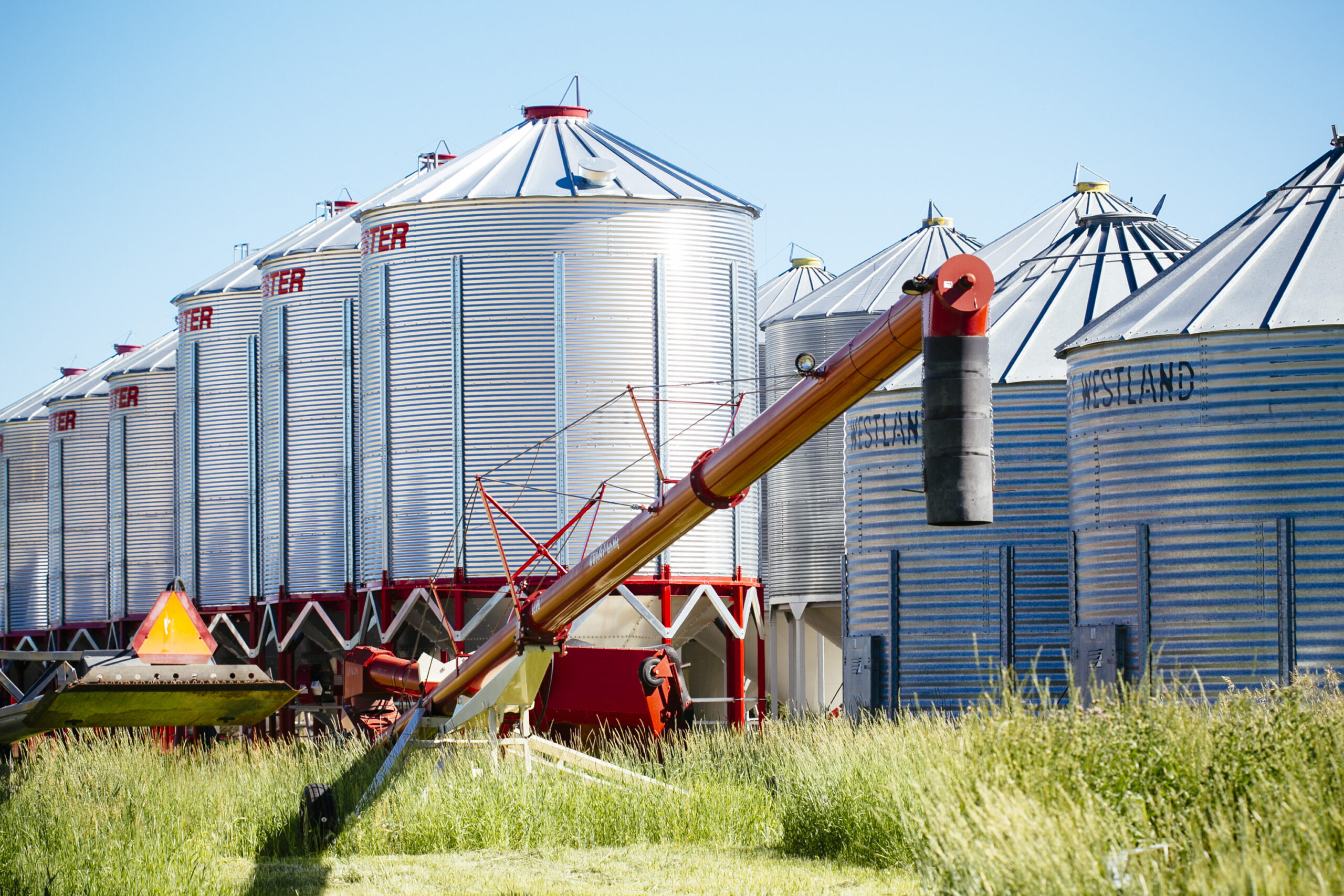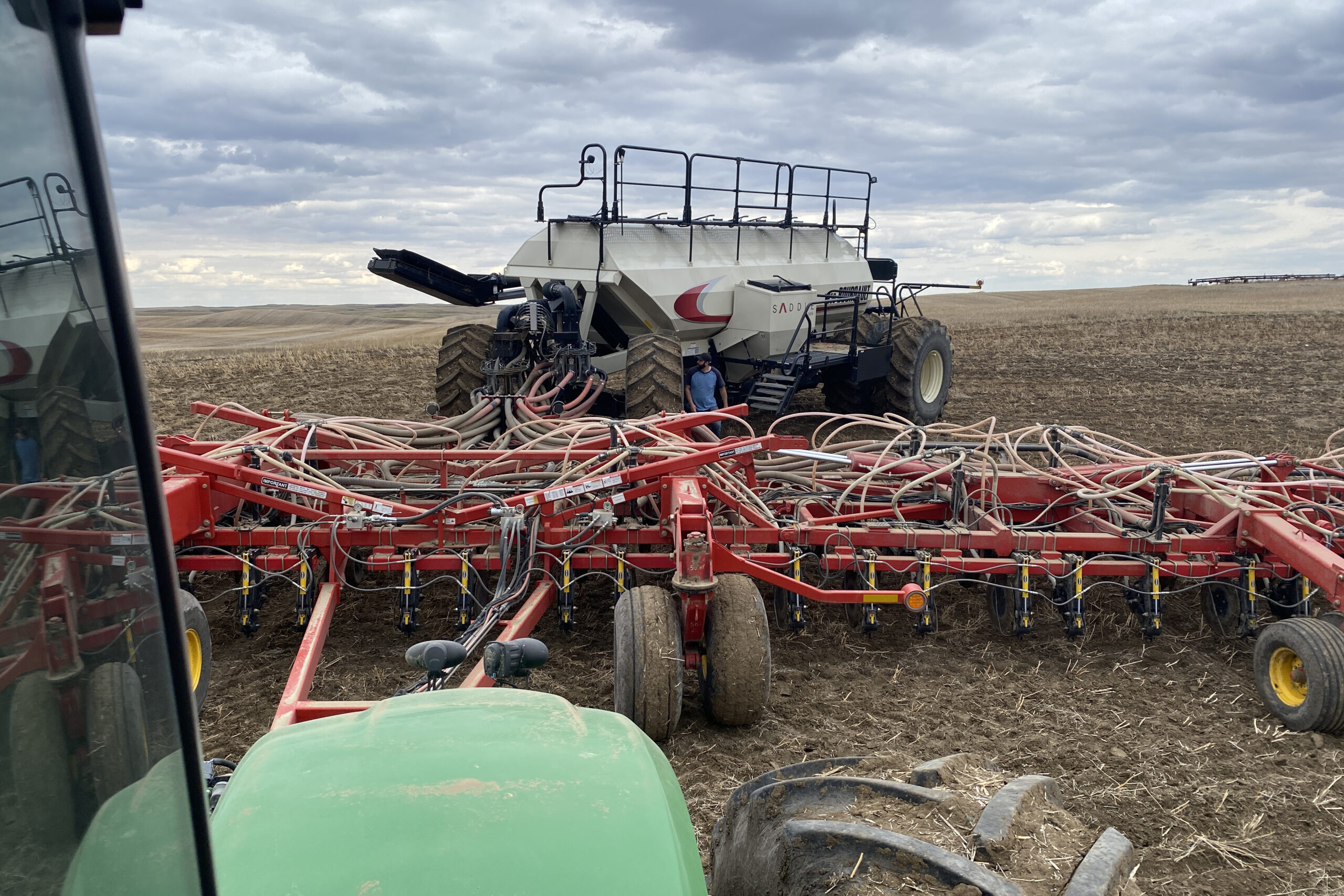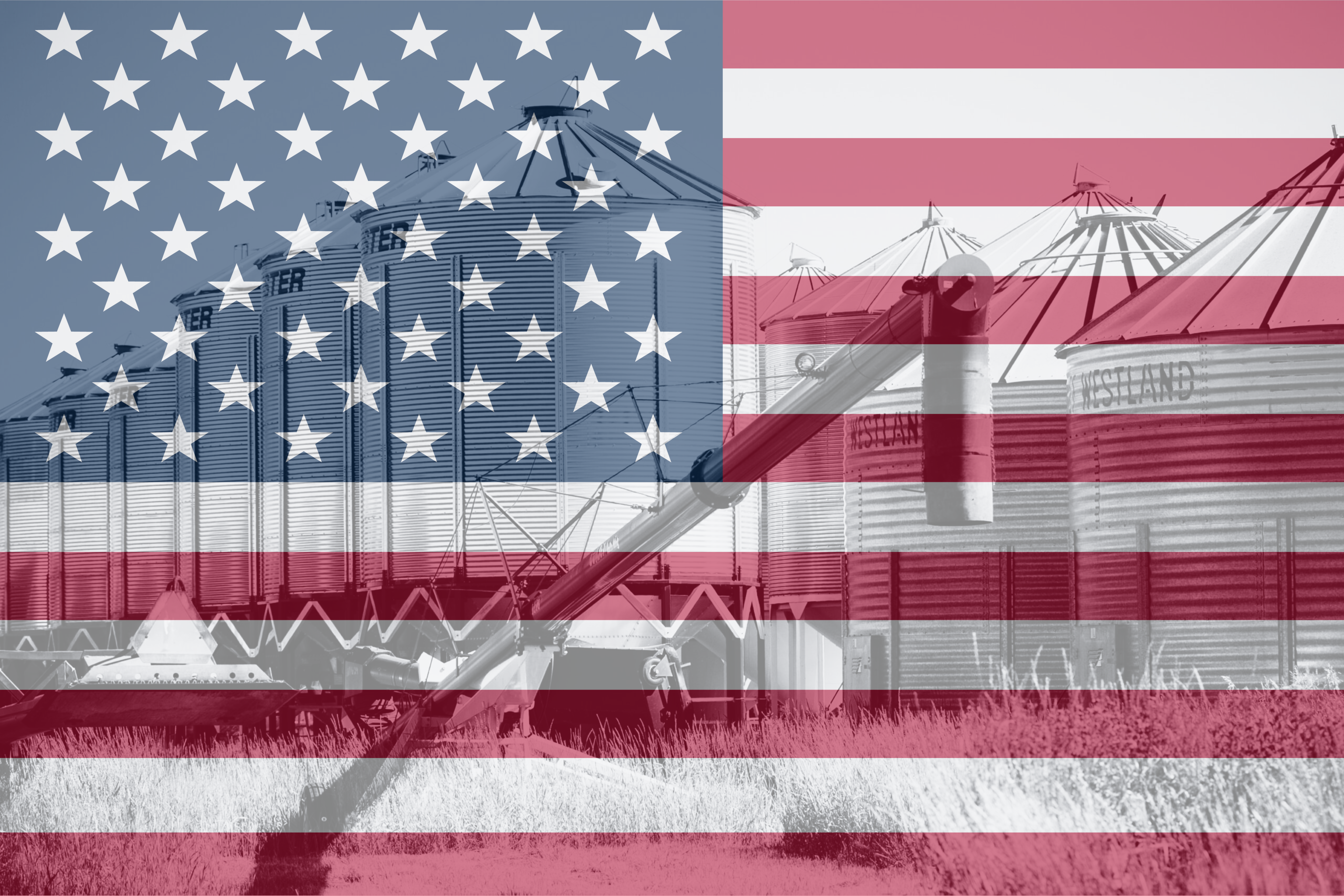By Brian Clancey, STAT Publishing Ltd.
July 2021
Anxiety and uncertainty have been the dominant emotions in the pulse markets for much of the year. It is too simple to say these boosted the prices offered to growers, but they are helping keep the differences between spot and new crop markets smaller than might be expected.
Out of the gate, new crop prices were helped by unusually strong prices for most grains and oilseeds. Fear of huge declines in the amount of land sown to pulses forced markets to try and find prices which helped ensure production did not fall below what they believed was needed to meet the needs of both exporters and domestic buyers.
As it turned out, the fact that new crop bids for most grains and oilseeds were heavily discounted to spot markets influenced some growers, and the resulting seeding intentions did not drop as much as feared. It helped that new crop bids for many pulses were not much different than spot markets. This created optimism that prices could trend upward in the coming marketing year.
On the other hand, there is a lot of uncertainty over demand. Every week, there are predictions India will open up lentil imports “next week” or that it might free up pea imports like it did with some types of beans that are mostly grown in Asia and Africa.
In India, there are big differences of opinion between what local traders and the government believe was produced during the country’s 2020/21 kharif and rabi crop cycle. The Indian Pulses and Grains Association (IPGA) believes production of the five main pulses was 16.36 million (M) tonnes, while the government says it is around 23 M. If the trade is right, India needs to import around 7 M tonnes of pulses. If the government is right, not much more than 2.5 M tonnes of pulses need to be imported.
There are also big differences of opinion over crop prospects in North America. Drought conditions in parts of North Dakota and Montana have United States traders worried about how much they will have available to cover domestic and export demand during the 2021/22 marketing year. It looks like more product needs to be imported from Canada, whether chickpeas, green lentils, or whole and split peas.
However, as was proven when growers were seeding this year’s crops, Mother Nature can be a timely friend. Fairly widespread rains and snow helped guarantee there would be enough moisture in the ground for germination and initial stand development across much of the growing area. A generation ago, traders said Saskatchewan is a grassy desert that almost always gets one or two million dollar rains. Now, folks say billion dollar rains.
If uncertainty over Indian demand is not enough, markets question how many peas China’s livestock feed industry will buy. Hog numbers in the country are being constantly challenged, though there is no question African Swine Fever got rid of a lot of small producers in favour of industrial style production. That means consumption of manufactured feed is going up. As long as pea prices are competitive with the alternatives in least-cost feed formulas, demand won’t change.
One area where there is agreement is over rising demand for protein and starch fractions from peas and other pulses. The sad truth is that the quantity of pulses needed is nothing like the dollar value of the industry. At the same time, everyone is trying to produce the same products from a huge variety of inputs, everything from canola to barley to algae.
Unfortunately, information of domestic usage is impossible to obtain and available export trade data suggests the quantities of pulses used is not enough to be a market changer. Interestingly, India is a dominant player in the export market for starches made from pulses, generally selling its product at lower prices than European or North American companies. That should not be surprising as India has a long history of producing flour from pulses and is likely chasing different parts of the market. Available data on the plant-based protein exports suggests it is still dominated by soybeans, implying a large part of the protein fraction derived peas and other pulses is used in the countries where it was produced.
Meanwhile, the way pulses are traded has changed because of the COVID-19 pandemic. Because the global economic recovery and progress with vaccines and efforts to control the spread of the virus is not uniform, the ability to ship product to a lot of countries has been hurt. There are times when steamship companies are unwilling to go to some countries because there is no cargo coming back. This has resulted in large increases in shipping costs and huge delays shipping pulses. It is affecting shippers all over the world.
“Just in time” shipping is a memory for many companies and destinations. Many canners and packagers once again need to stock enough inventory to cover their needs until the next time they are sure their supplier can get freight. Farmers might see more spurts and stops in chances to sell some types of pulses. Yellow peas and red lentils are probably going to barge ahead in a business-as-usual manner, but it could affect green lentils, chickpeas, dry beans, and varieties targeting niche markets.
Amazingly, with all this uncertainty, confusion, doubt, and anxiety, markets are optimistic about the coming year. Some believe the 2021/22 marketing year is going to be a sellers’s market for most pulses. At the moment, this is strongly influenced by the fact that July, August, and possible September are the days of weather markets in Canada and the United States, as well as Australia and parts of Europe. Even so, whatever the outcome, there is a strong belief demand fundamentals favour pulses.
Brian Clancey is the Editor and Publisher of www.statpub.com market news website and President of STAT Publishing Ltd. He can be reached at editor@statpub.com.



